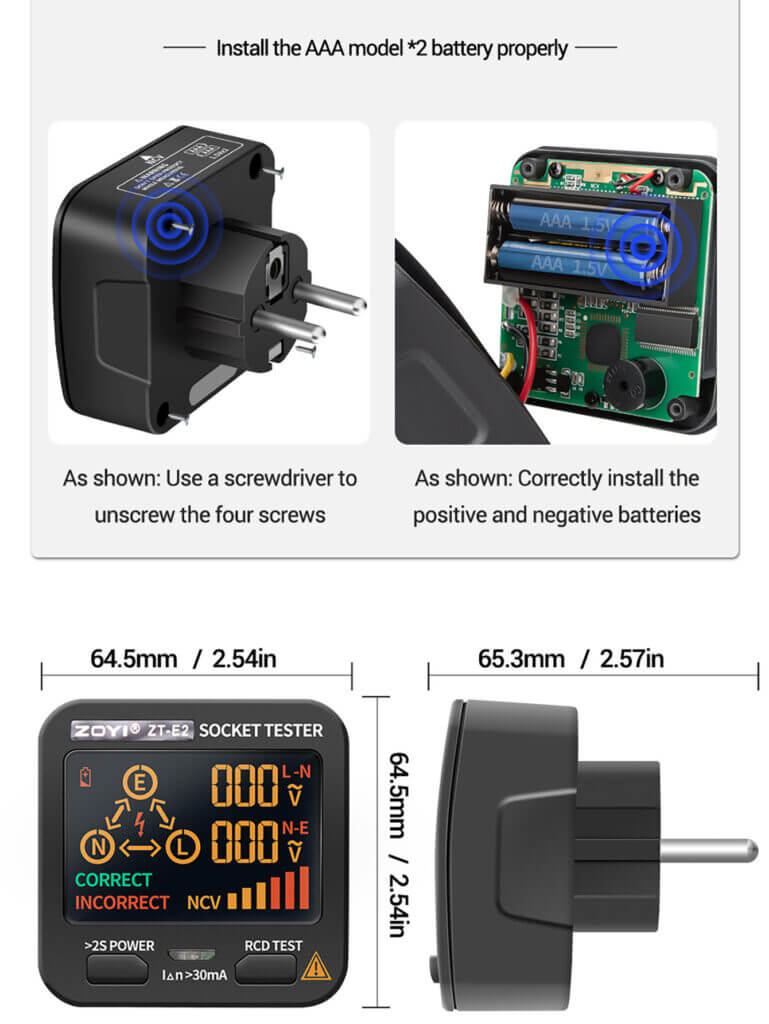When it comes to creating a standout product, one factor often takes center stage – creativity. This creativity manifests in two essential elements, function, and aesthetics. Functionality is all about how well a product performs its duties, while aesthetics is about how visually pleasing and ergonomically designed it is. However, the magic really happens when these elements mingle and merge.
Ever had a multimeter that looks like it’s straight out of a sci-fi movie but can’t do a simple resistance measurement accurately? Or maybe you’ve used one that’s a beast at work but feels like a brick and looks like a relic from the 80s? As both professionals and enthusiasts in the world of electronics, we’ve all been there.
But picture a world in which there is the ideal digital multimeter—a combination of form and function, a tool that is not just a powerful performer but also a feast for the eyes and a pleasure to use. This flawless equilibrium is the outcome of years of circuit design experience and a profound comprehension of your requirements.
You might be thinking, “Is such a thing even possible?” Without a doubt, the answer is yes.

What does functionality mean in a digital multimeter and why does it matter?
A truly functional digital multimeter isn’t just about measuring voltage, current, or resistance, or testing continuity, diodes, and capacitance. Sure, these are the fundamentals, but functionality goes much deeper. It encompasses durability, user-friendliness, and reliability, elements that often don’t get the attention they deserve. Great design is not just about looking good, it’s about ensuring a product that’s a joy to use and prevents potential hiccups right from the start. For instance, clear labeling and intuitive interfaces can mean the difference between a headache-inducing and a seamless experience.

What role does aesthetics play in designing a digital multimeter?
Contrary to what some might think, the look and feel of a multimeter are as crucial as its functionality. An attractive device is more likely to catch a customer’s eye. Additionally, a well-designed device that feels good to hold can make the user experience far more enjoyable.
However, aesthetics isn’t only about beauty. It’s also about ergonomics. The weight of the device, the grip, the positioning of buttons and dials – all these factors influence how easily and comfortably a multimeter can be used.
Furthermore, aesthetics can communicate a brand’s identity, help the product stand out against competitors, and even potentially influence conversions.
Why is the balance between functionality and aesthetics important?
Achieving the right balance between functionality and aesthetics in a digital multimeter is critical because it impacts not just the user experience but also the brand’s image. A brand that consistently offers high-quality, beautifully designed products will earn a reputation for excellence and reliability.
On the other hand, a brand that overlooks one aspect at the expense of the other risks losing customers. If aesthetics is prioritized over functionality, the product might disappoint in performance. If functionality is given precedence over aesthetics, the product might come across as unattractive or difficult to use.

Conclusion
Crafting the ultimate digital multimeter isn’t about cramming in every possible function or designing the most eye-catching device. It’s about striking the right balance between functionality and aesthetics that meets user needs while also distinguishing the product in the market. This delicate balance is what we aim to achieve in every product we make.

